Weddings around the world feature fascinating and unique traditions. Each culture brings its flavor and history to these ceremonies. Some traditions may seem unusual or surprising. These practices often carry deep meaning and historical significance. Let’s explore some of these distinctive customs that make weddings unforgettable.
Breaking of Plates (Germany)
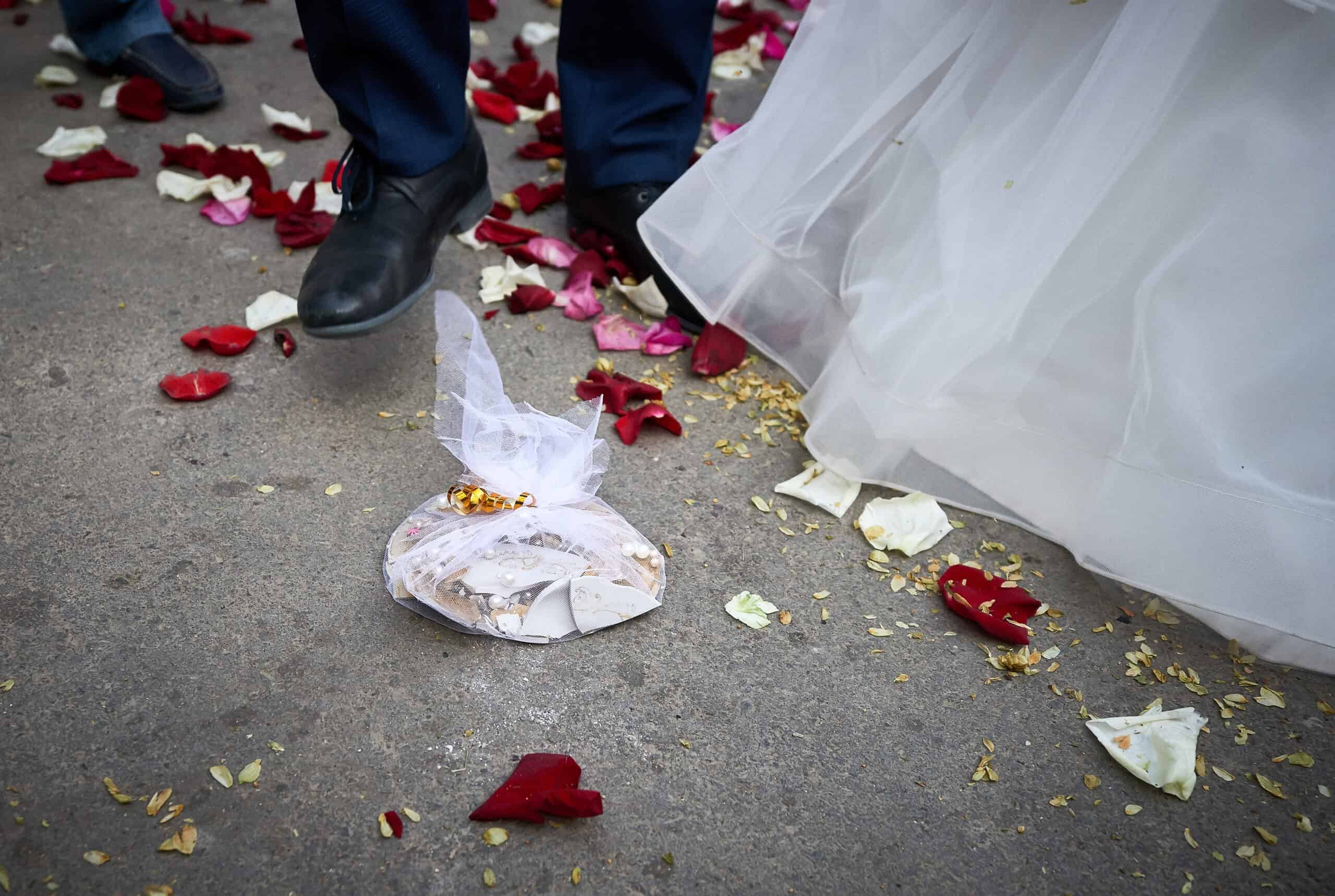
In Germany, breaking plates is a pre-wedding custom known as Polterabend. Guests gather to smash porcelain plates. The noise is thought to ward off evil spirits. It’s a way to bring good luck to the couple. The bride and groom then clean up the shards together. This act symbolizes teamwork and cooperation. It shows their ability to face challenges together. The tradition is deeply rooted in German culture. It’s believed to have originated in the 16th century. The sound of breaking plates is also a sign of celebration and joy.
Log Cutting (Germany)

Log cutting is another unique German wedding tradition. The bride and groom saw through a log together. This symbolizes their first obstacle as a married couple. It requires cooperation and communication. The practice dates back to the Middle Ages. It represents the couple’s ability to work together. Successfully sawing the log is a positive omen. It indicates they can tackle future challenges. The tradition is often performed after the wedding ceremony. It’s a fun and engaging activity for the guests to watch.
Kidnapping the Bride (Romania)
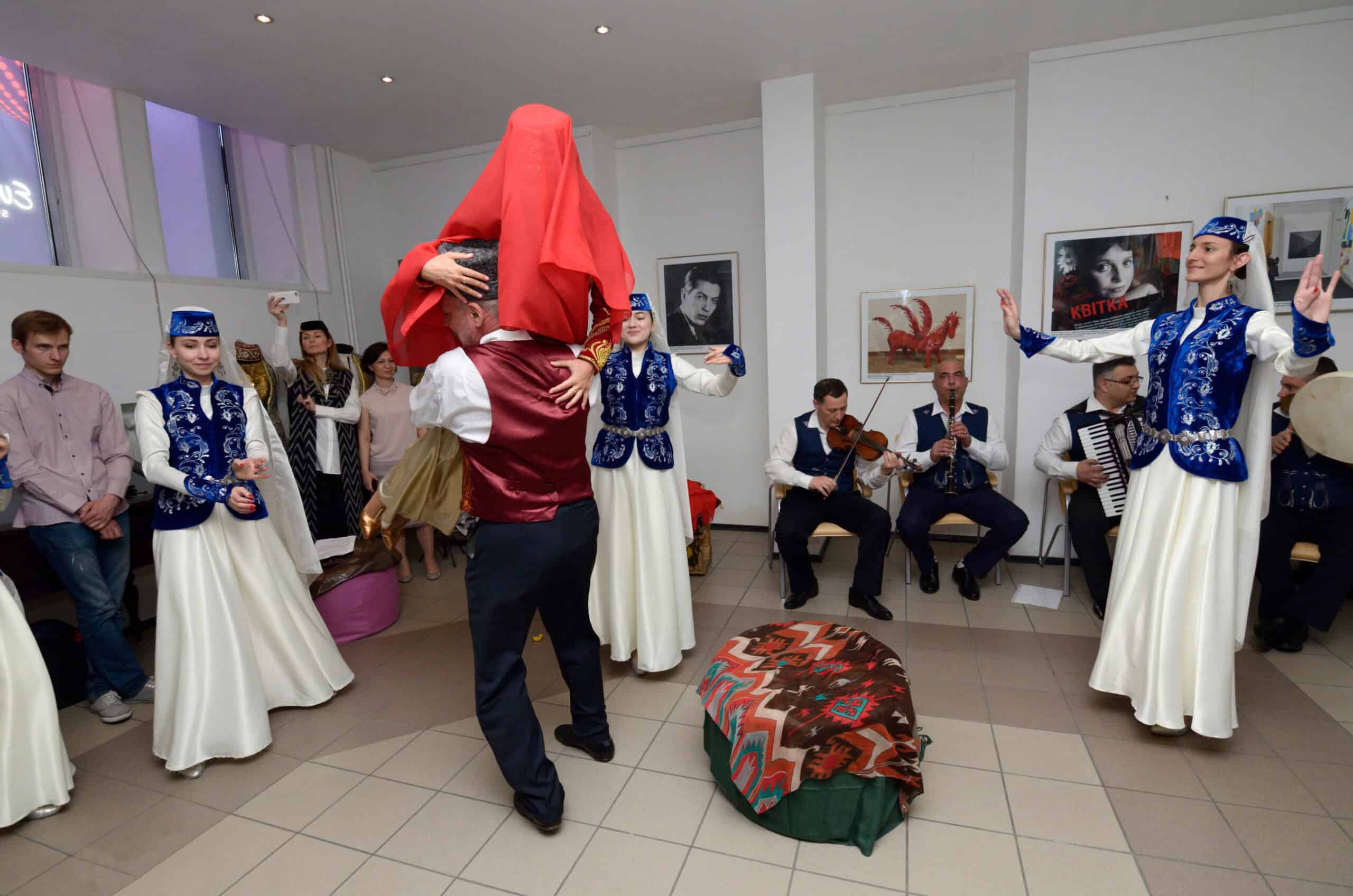
In Romania, bride kidnapping is a playful wedding tradition. Friends of the groom “kidnap” the bride. She is taken to a secret location. The groom must then “rescue” her by paying a ransom. This could be in the form of money, drinks, or even a romantic gesture. The tradition adds excitement and humor to the celebration. It’s usually done with the bride’s consent. The practice symbolizes the groom’s commitment and love. It also showcases his willingness to go to great lengths for his bride. This custom dates back to ancient times and is still popular today.
Sake Sharing (Japan)
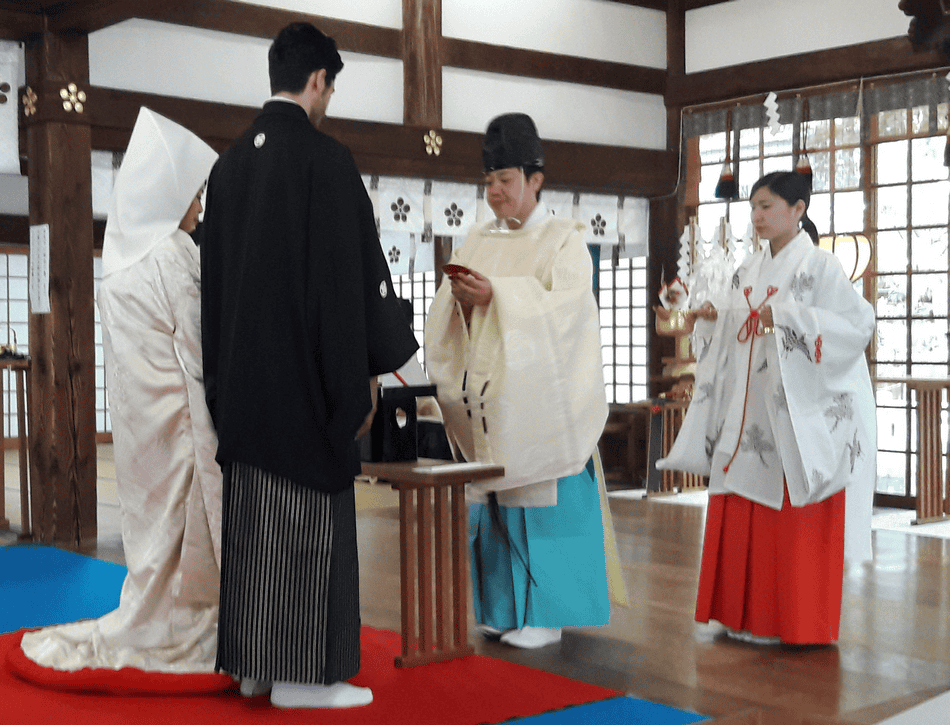
In Japan, sake sharing is a traditional wedding ritual. The bride and groom take three sips of sake from three cups. This is called San-san-kudo. It symbolizes the union of two families. The number three is considered lucky in Japanese culture. The ritual dates back to the Edo period. It represents love, wisdom, and happiness. The sake ceremony is an integral part of Shinto weddings. It also involves the parents, signifying family unity. This custom highlights the importance of family in Japanese culture.
Knives as Wedding Gifts (China)

In China, giving knives as wedding gifts is a traditional practice. Knives symbolize protection and the cutting of bad luck. It’s believed to bring safety and ward off evil spirits. This custom is particularly common in the southern regions of China. The tradition has a long history, dating back to ancient times. It reflects the importance of safety and protection in marriage. The knives are often intricately designed. They are kept as family heirlooms. This practice highlights the blend of practicality and symbolism in Chinese culture.
Bridal Crown (Norway)
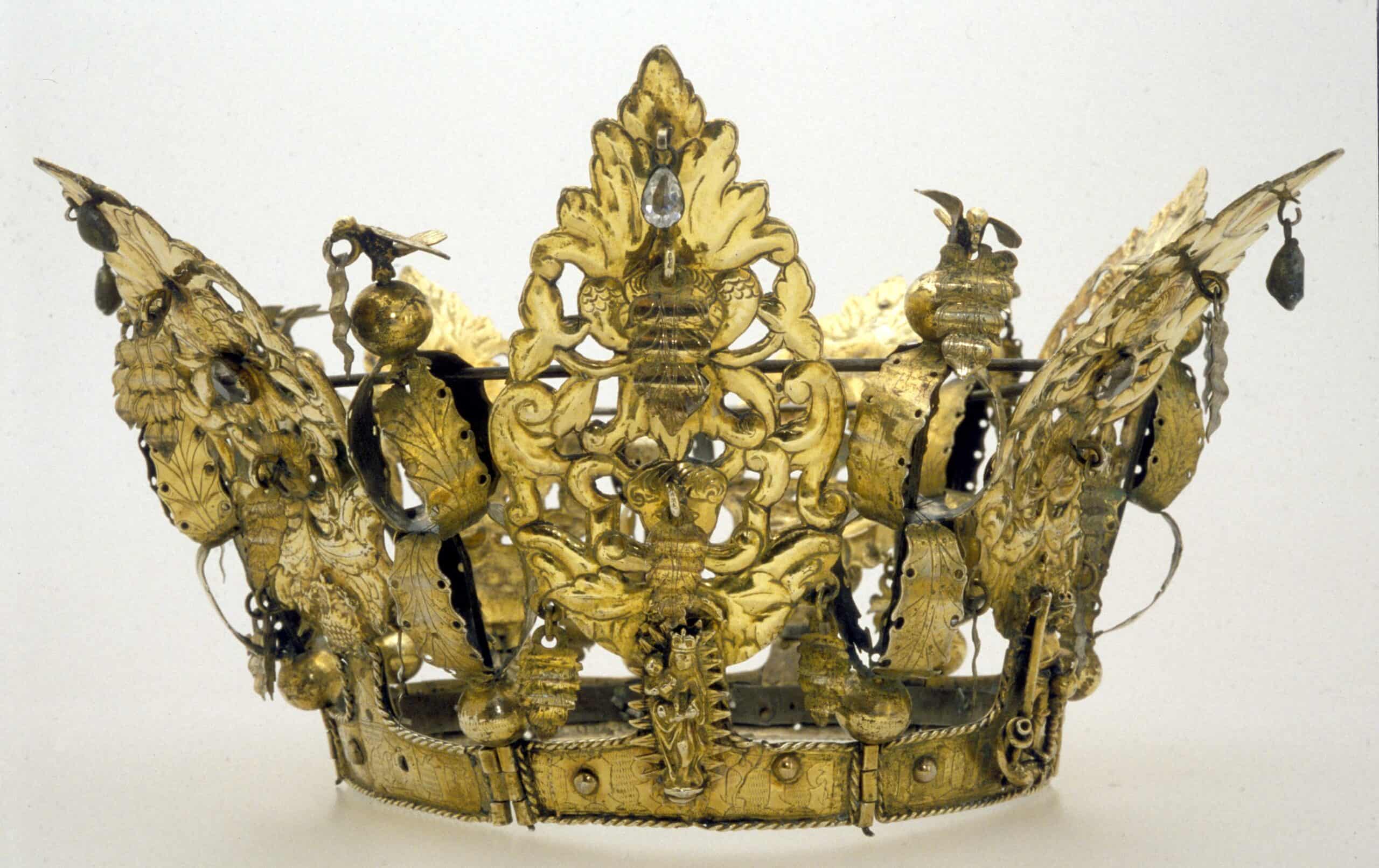
In Norway, the bridal crown is a cherished wedding tradition. The bride wears a silver or gold crown decorated with small charms. These charms tinkle as the bride moves, believed to ward off evil spirits. This custom dates back to medieval times. The crown symbolizes purity and innocence. It is often a family heirloom passed down through generations. The intricate design reflects Norwegian craftsmanship. Wearing the crown is a moment of pride for the bride. It adds a regal touch to the wedding attire.
The Money Dance (Philippines)
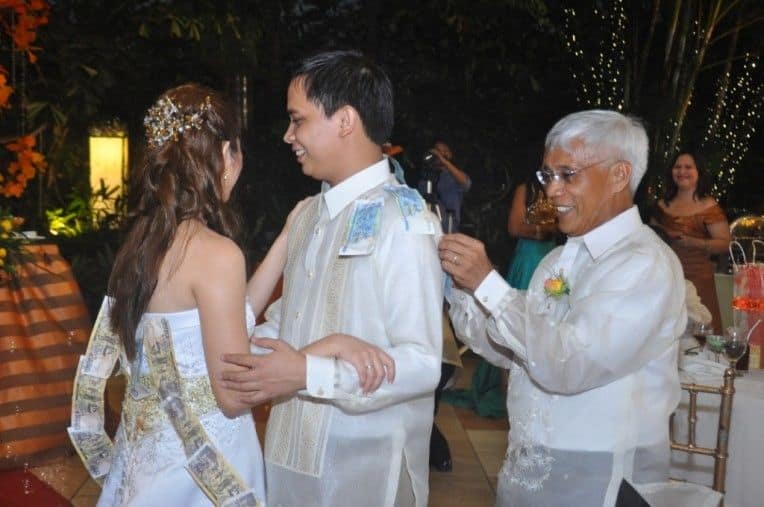
In the Philippines, the money dance is a lively wedding tradition. Male guests pin money onto the bride’s dress as they dance with her. This gesture helps the couple start their new life. It is a fun and festive part of the celebration. The tradition has Spanish influences and dates back centuries. It symbolizes prosperity and community support. The money collected can also be used for the honeymoon. This custom highlights the guests’ generosity. It adds a unique and interactive element to the wedding.
Throwing Rice (Malaysia)
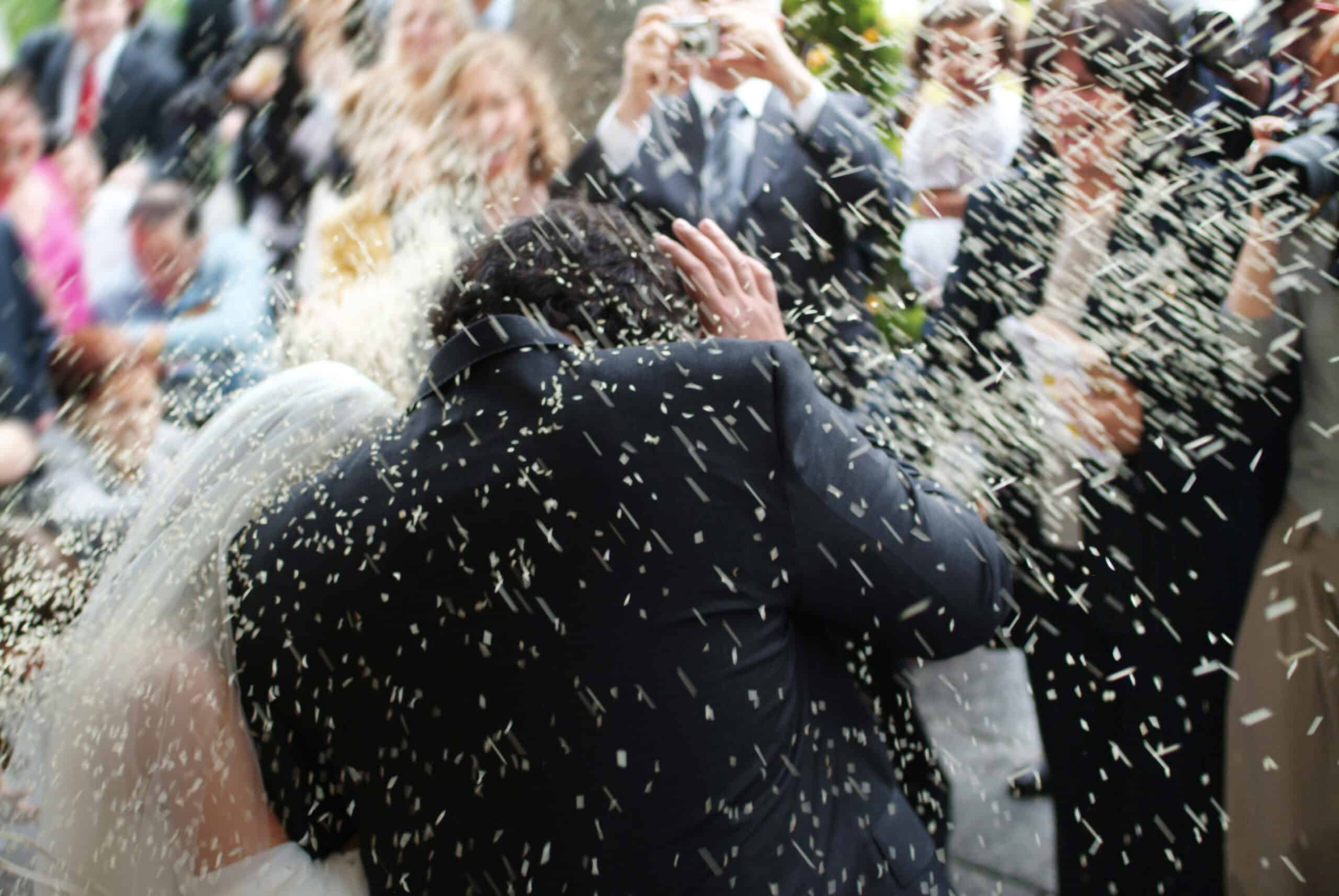
In Malaysia, throwing rice at weddings is a symbolic tradition. Guests throw rice at the bride and groom as they leave the ceremony. This practice is believed to bring prosperity and fertility. It is an ancient tradition rooted in Southeast Asian culture. Rice is a staple food and symbolizes abundance. The act of throwing rice represents good wishes for the couple’s future. This custom is also seen in various other cultures. It adds a joyful and celebratory touch to the wedding. The sight of rice showering the couple is both beautiful and meaningful.
Henna Night (Turkey)
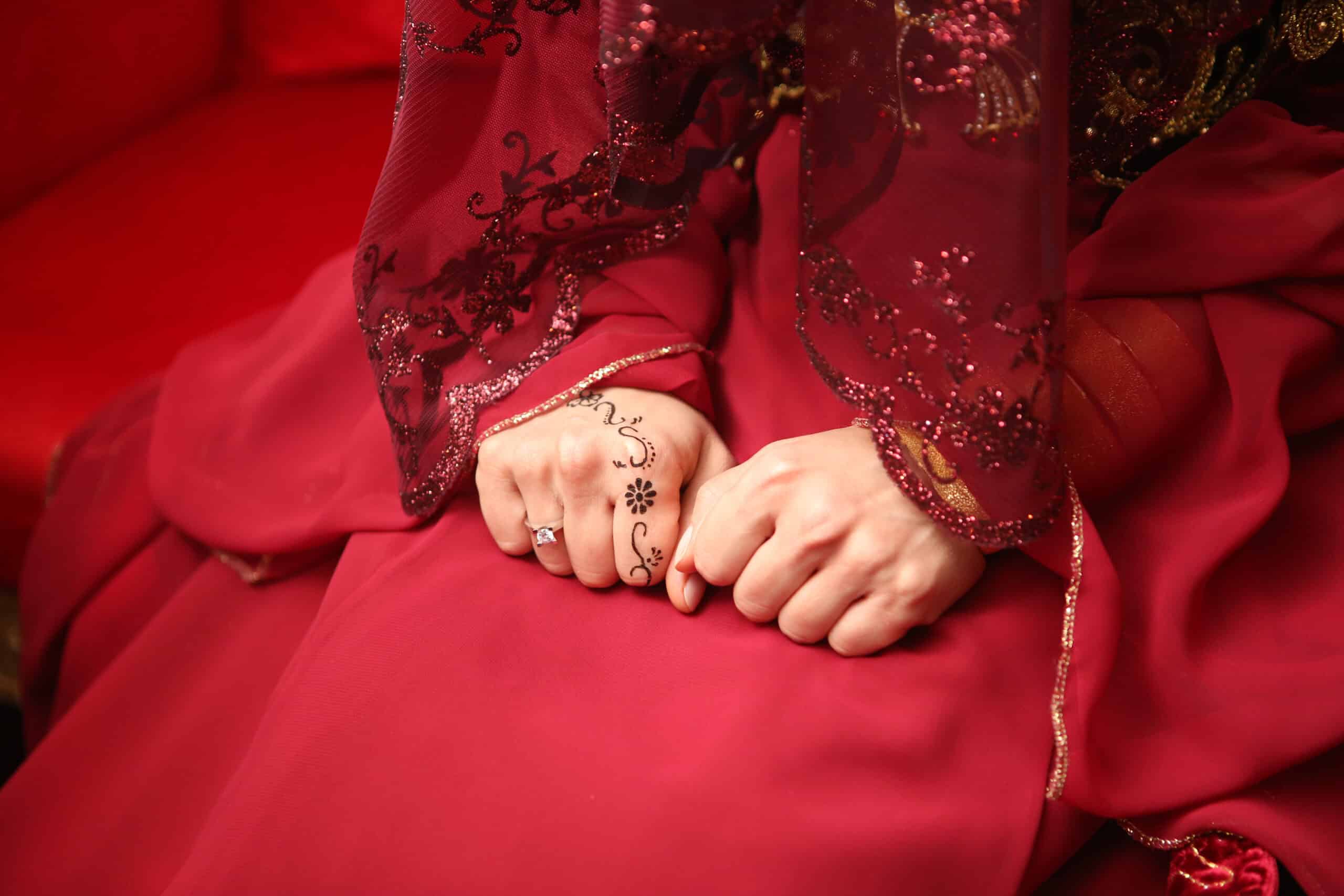
In Turkey, Henna Night is a pre-wedding tradition. The bride and her female friends gather for a night of singing and dancing. Henna is applied to the bride’s hands and feet. This ritual is believed to bring good luck and protect against evil. Henna Night dates back to Ottoman times. It is a significant event, filled with emotional moments. The bride often wears a red veil and dress. Henna designs are intricate and symbolize happiness. This night is a beautiful blend of tradition and celebration.
Bridal Cookie Table (United States)
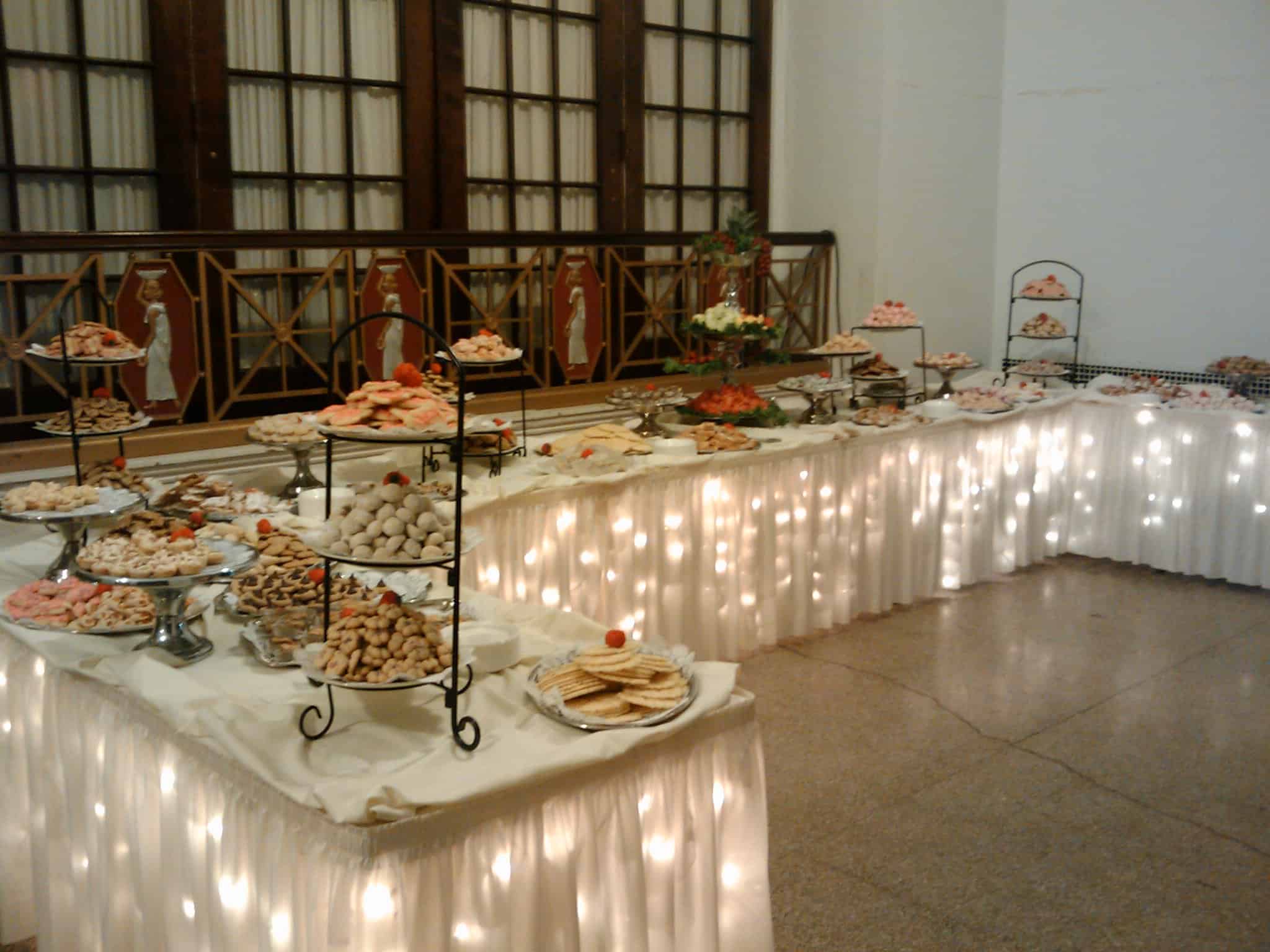
In some parts of the United States, particularly in Pennsylvania, the bridal cookie table is a beloved tradition. Family and friends bake a variety of cookies for the wedding reception. These cookies are beautifully displayed on a table for guests to enjoy. The tradition has roots in Eastern European immigrant communities. The cookie table symbolizes love and community support. Each cookie is made with care and carries family recipes. It’s a way for the community to contribute to the celebration. This custom adds a personal and homemade touch to the wedding. It’s a sweet and delicious tradition that guests look forward to.
This article originally appeared on Rarest.org.
More from Rarest.org
1978 Eisenhower Dollar Coin Value Guide

The 1978 Eisenhower dollar is primarily made of 75% copper and 25% nickel with its core made of pure copper but it is covered with a mixture of copper and nickel. Read More.
1966 Lincoln Penny Value Guide
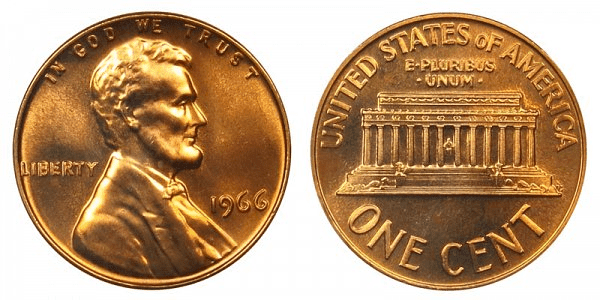
The 1966 Lincoln penny is made of 95% copper and 5% zinc. The same composition is given to Lincoln pennies made from 1909 to 1942 and from 1944 to 1982. Read More.
1977 Jefferson Nickel Value Guide

The 1977 nickels feature the bust of President Jefferson and are composed of 75% copper and 25% nickel. Read More.
